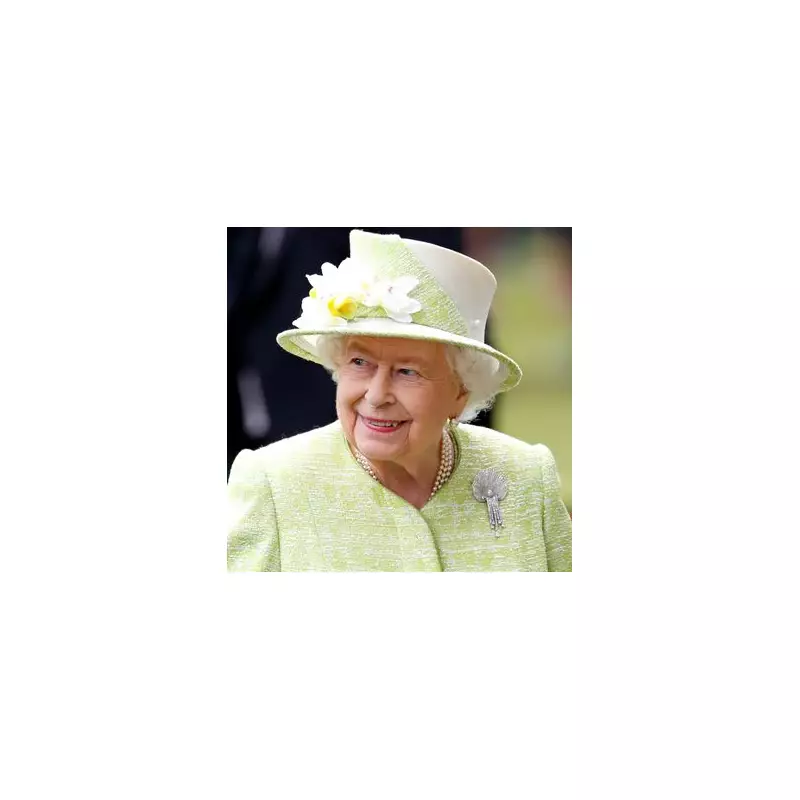
The quiet hum of a metal detector has once again led to a discovery of monumental historical and financial significance. A lone silver sixpence, buried for centuries in a field, has been revealed as one of the rarest coins from the reign of one of England's most iconic monarchs, Queen Elizabeth I.
The incredible find, made by an amateur detectorist, has just been sold at a Spink auction in London for a jaw-dropping £20,400, a testament to its impeccable condition and extreme scarcity.
A Coin from the Dawn of the Elizabethan Era
What makes this particular coin so special is its date. Struck in 1558, it originates from the very first year of Elizabeth I's reign, a period of immense change and uncertainty following the death of her sister, Mary I. This initial coinage was produced in limited numbers at the Tower of London and the Royal Mint in Tower Hill, making any survivor a numismatic treasure.
Experts at Spink described the condition of the find as "mind-blowing," noting that its sharp details and fine preservation are almost unheard of for a coin of such age that spent over 400 years in the ground.
The Thrill of the Find
The detectorist, who has chosen to remain anonymous, recounted the moment of discovery. The signal was a clear, promising hum, and the subsequent dig revealed the small, silver disc. Initially, the significance wasn't immediately clear, but after a careful clean, the iconic portraiture of the young Queen emerged from the dirt.
Such finds fuel the passion of the detecting community across the UK, a hobby that continually contributes to our understanding of British history, piece by piece.
Understanding the Value
The colossal hammer price is not just for the silver content. It represents a perfect storm of numismatic factors:
- Extreme Rarity: Very few coins from this specific date and mint have survived the centuries.
- Historical Importance: It is a tangible artefact from the very beginning of the 45-year Elizabethan Age.
- Superb Condition: The coin's detail is exceptionally sharp, with clear inscriptions and the elegant bust of the Queen easily identifiable.
This discovery serves as a powerful reminder that history is not confined to museums; it is literally buried beneath our feet, waiting to tell its story.





